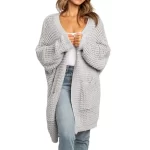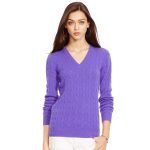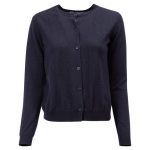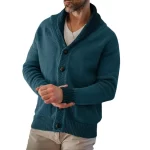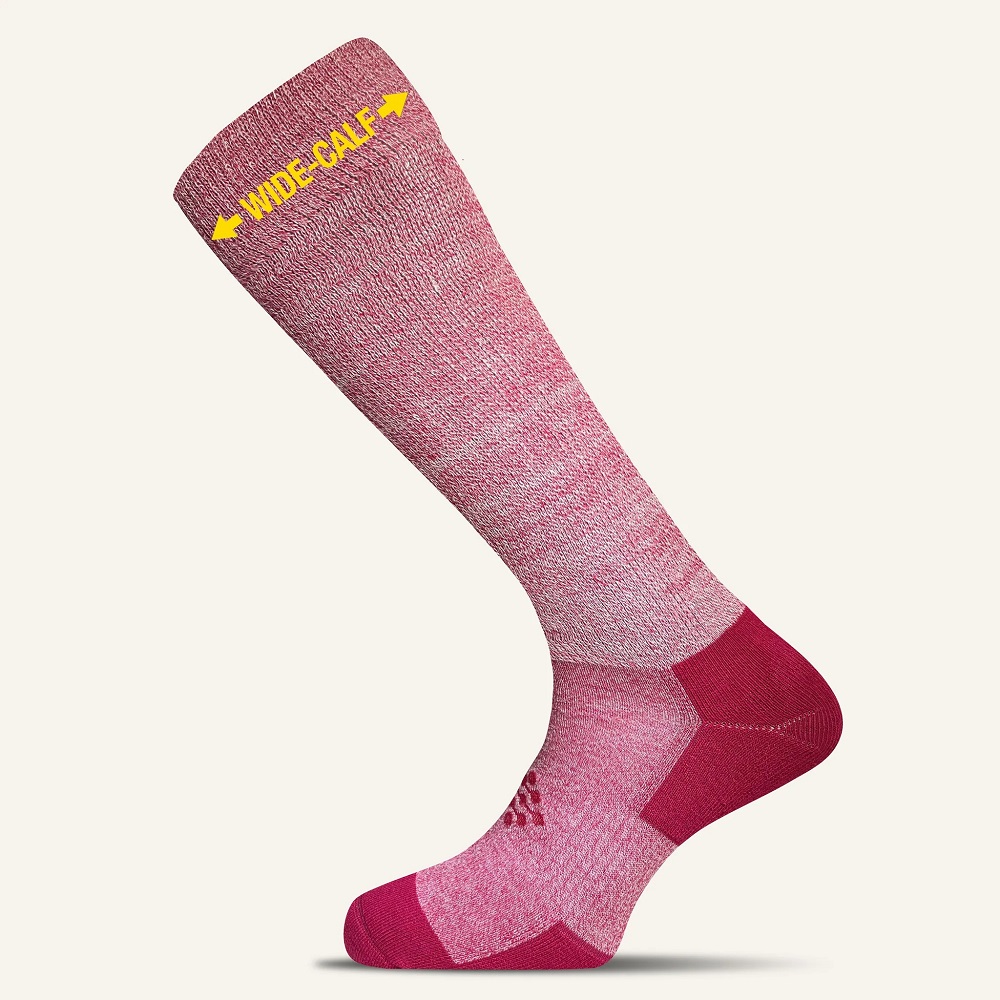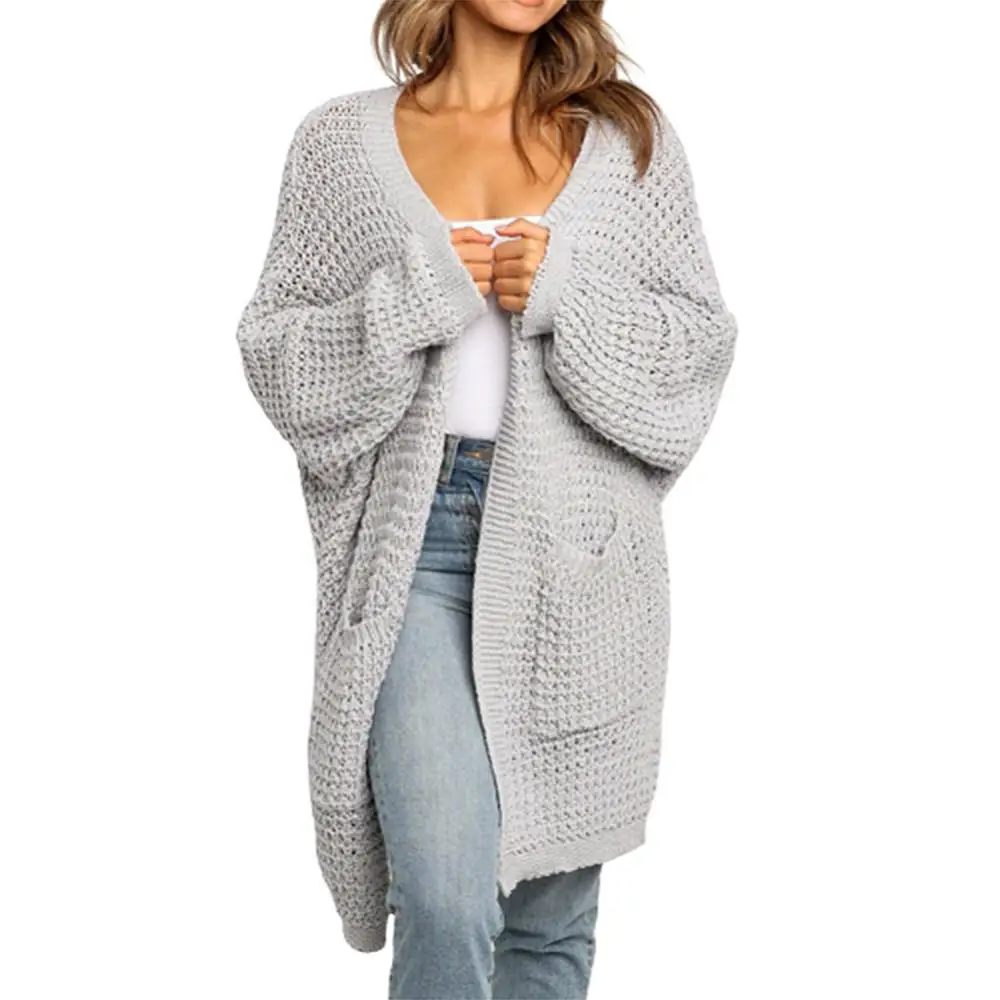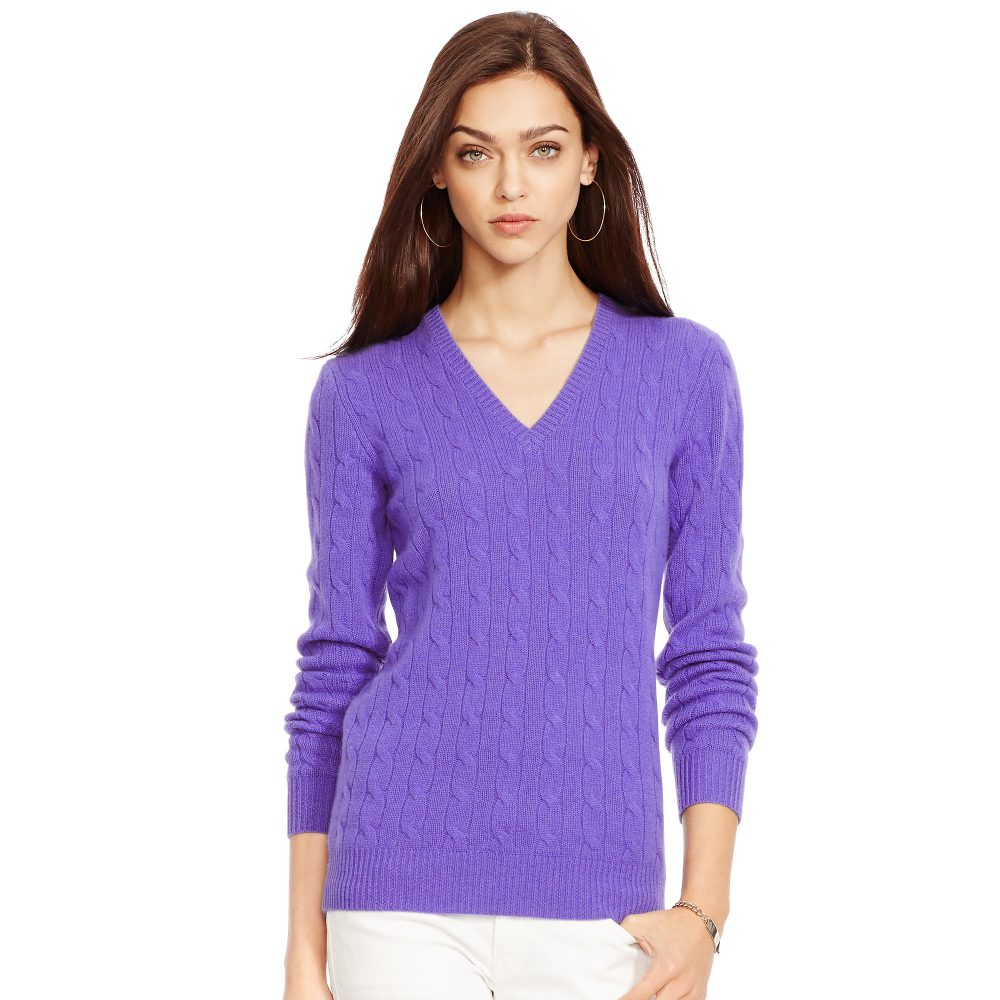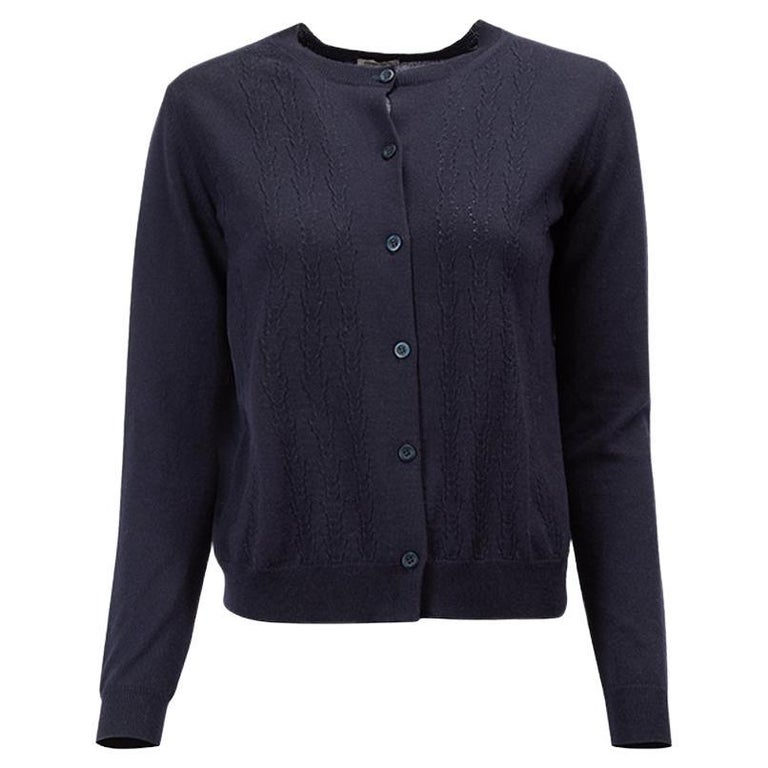What Are Compression Socks?
Compression socks are specialized hosiery designed to support your legs and improve blood flow. These socks apply gentle pressure to your legs, helping to reduce pain, swelling, and fatigue. Mostly, they are used by people who stand for long periods, travel frequently, or have certain medical conditions. The socks work by squeezing the leg tissues and walls of the veins, promoting blood flow back to the heart.
Compression socks come in various sizes and strengths, which means you can find a pair that fits well and meets your needs. For those with wider calves, wide calf compression socks are specifically designed to accommodate larger measurements while providing the same benefits. They are a perfect solution to combat the discomfort that can come with socks that are too tight around the leg.
When choosing compression socks, it’s essential to select the right type for your situation. Depending on the level of compression, they can range from over-the-counter supportive socks to prescription-strength garments. By wearing compression socks, many individuals find relief from aching legs, prevent deep vein thrombosis (DVT), and reduce swelling, especially during pregnancy or long-distance travel.
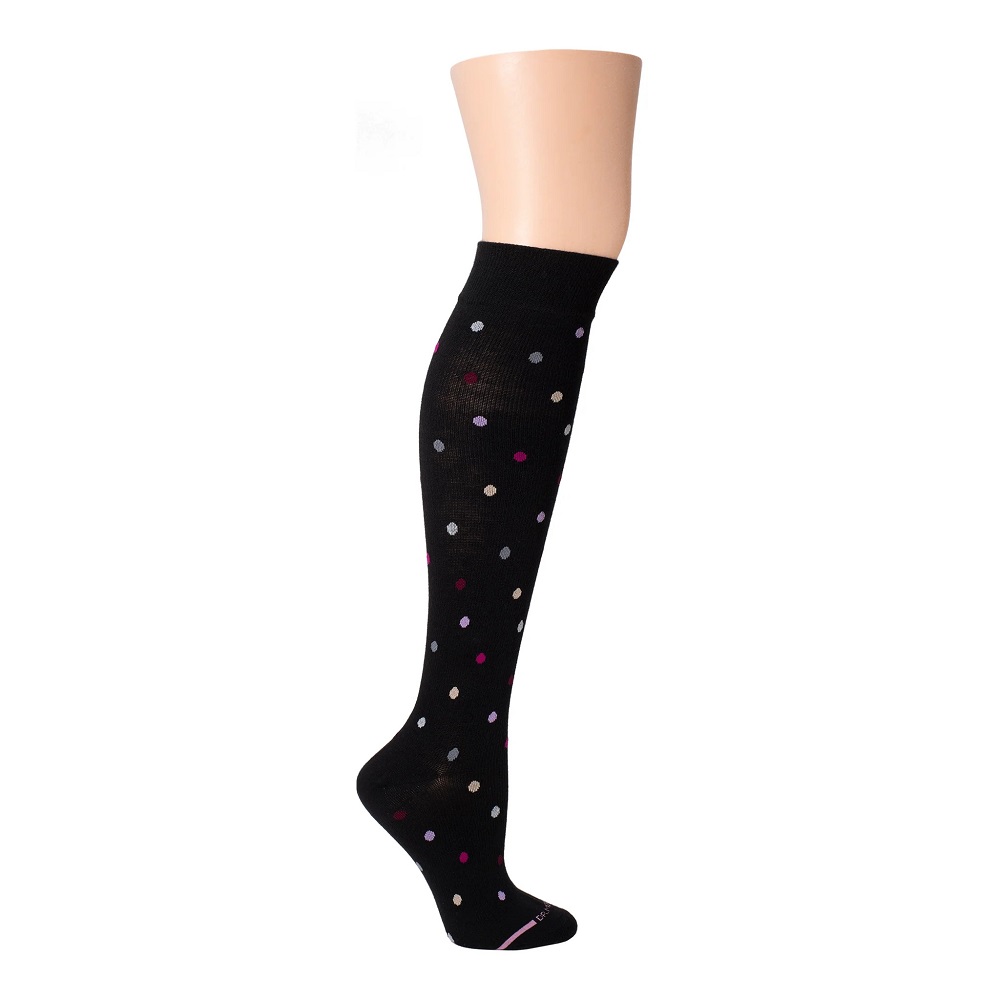
The Benefits of Compression Socks for Wide Calves
Compression socks benefit those with wide calves in many ways. They offer comfort and support, a necessity for individuals with larger leg measurements. Here’s how wide calf compression socks can help:
- Enhanced Comfort: Standard compression socks may pinch and squeeze inappropriately, causing discomfort. Wide calf models provide a proper fit, so you won’t feel restricted.
- Reduced Swelling: By applying even pressure, these socks promote blood flow, reducing calf and ankle swelling.
- Prevents Fatigue: Good circulation means less fatigue. Legs feel more energized, even after prolonged standing or sitting.
- Varicose Vein Relief: Consistent pressure can alleviate the pain of varicose veins, common among those with wider calves.
- Customized Fit: Wide calf compression socks cater to your unique size, offering benefits that standard socks can’t match.
To make the most of wide calf compression socks, be sure to get accurately measured and select a pair that combines the right level of compression with the comfort of a good fit. The goal is to aid circulation without any discomfort or constriction, ensuring your legs feel refreshed and supported.
How to Measure Your Calf for the Perfect Fit
Finding the right fit for wide calf compression socks is key for comfort and effectiveness. Proper measurement ensures that the compression socks you choose do not dig into your skin or restrict blood flow. To measure your calf accurately:
- Find the Widest Part: Measure around the largest part of your calf using a flexible tape measure.
- Take Measurements in Inches: Note the measurement in inches, as most sizing for compression socks uses this unit.
- Measure Both Calves: Sometimes, each calf may differ in size; make sure to measure both and use the larger measurement.
- Measure While Seated: Sit down with your feet flat on the floor and legs at a 90-degree angle for best results.
- Record the Numbers: Write down the measurements to refer to when selecting your socks.
With these simple steps, you can find wide calf compression socks that offer a snug, not-too-tight fit. Ideal measurements allow for all the benefits of compression without sacrificing comfort. Look for a size chart on the manufacturers’ or retailers’ websites to find the best size for your measurements.
Selecting the Right Compression Level
Selecting the right compression level in wide calf compression socks is crucial to maximizing their benefits. Compression levels are measured in millimeters of mercury (mmHg) and range from light to extra firm. Here’s a guide to help you choose:
- Light Compression (15-20 mmHg): Ideal for daily wear, it helps reduce leg fatigue and slight swelling.
- Moderate Compression (20-30 mmHg): Suitable for varicose vein prevention and for those on their feet all day.
- Firm Compression (30-40 mmHg): Recommended for moderate to severe swelling and varicose veins.
- Extra Firm Compression (40-50 mmHg): Used for severe cases and often prescribed by a doctor.
Consult with a healthcare professional to determine the most appropriate level for your needs. Consider what you find comfortable and what aligns with your daily activities. A proper compression level can aid in blood circulation and prevent discomfort.
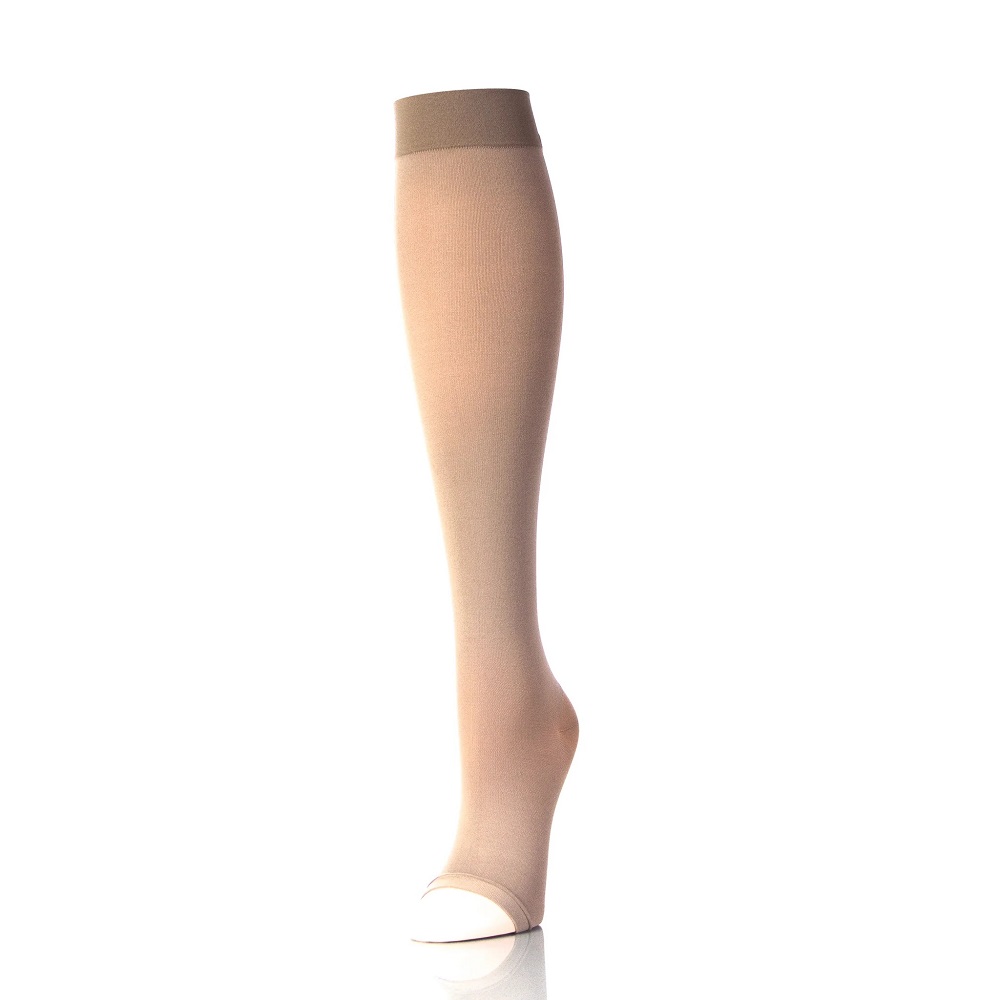
Wide Calf Compression Socks: Features and Designs
When shopping for wide calf compression socks, it’s important to note that they come with a variety of features and designs tailored to your needs and preferences. Here are some aspects to consider while making your choice:
- Stretchable Fabric: Wide calf compression socks are made with stretchable fabric. This allows them to expand comfortably around larger calves without losing their compressive properties.
- Non-Binding Tops: They often have non-binding tops. This design ensures the sock does not dig into the skin, preventing discomfort and marks.
- Reinforced Seams: Look for socks with reinforced seams for added durability, especially if you’ll wear them often.
- Gradient Compression: The best socks provide gradient compression. This means the pressure is highest at the ankle and decreases up the leg, improving circulation.
- Moisture-Wicking Material: Some socks feature moisture-wicking materials to keep your legs dry and comfortable throughout the day.
- Anti-microbial Properties: To reduce odor and prevent bacterial growth, some models include anti-microbial properties.
- Color and Pattern Variety: Wide calf compression socks are not just functional; they also come in various colors and patterns to match your style.
- Silicone Bands: Some designs include silicone bands at the top to prevent the socks from rolling down.
- Closed or Open Toe: Depending on your preference, you can choose between closed or open-toe designs. Open-toe can be more comfortable in warmer weather or if you have issues with your toenails.
By understanding these features and designs, you can select wide calf compression socks that are both beneficial for your health and suitable for your lifestyle. They offer practicality without compromising on style or comfort, making them a smart choice for anyone in need of leg support. Remember to look for the key features that meet your specific needs and ensure you’re getting a high-quality product for the best experience.
Tips for Putting on Wide Calf Compression Socks
Putting on wide calf compression socks correctly ensures maximum comfort and effectiveness. Here are some helpful tips to make the process easier:
- Start with Dry Skin: Make sure your legs are dry before putting on the socks. Moisture can make it harder to pull the socks up.
- Use Gloves: Rubber gloves can help you grip the fabric and pull the socks up without slipping.
- Roll or Fold: Turn the sock inside out, up to the heel. Grab the toe and pull the sock over your foot. Then, unroll or unfold it up your leg.
- Smooth Out Wrinkles: Once the sock is on, smooth out any wrinkles by gently pulling the fabric up. Wrinkles can cause uneven compression.
- Check the Fit: Make sure the sock’s top band sits just below your knee and is not too tight. This reduces the risk of circulation issues.
- Adjust Throughout the Day: If you feel discomfort, adjust the socks as needed. They should feel snug but not painful.
Remember, practice makes perfect. Putting on wide calf compression socks may take time to master, but following these steps will help ease the process and ensure you’re getting the support you need.
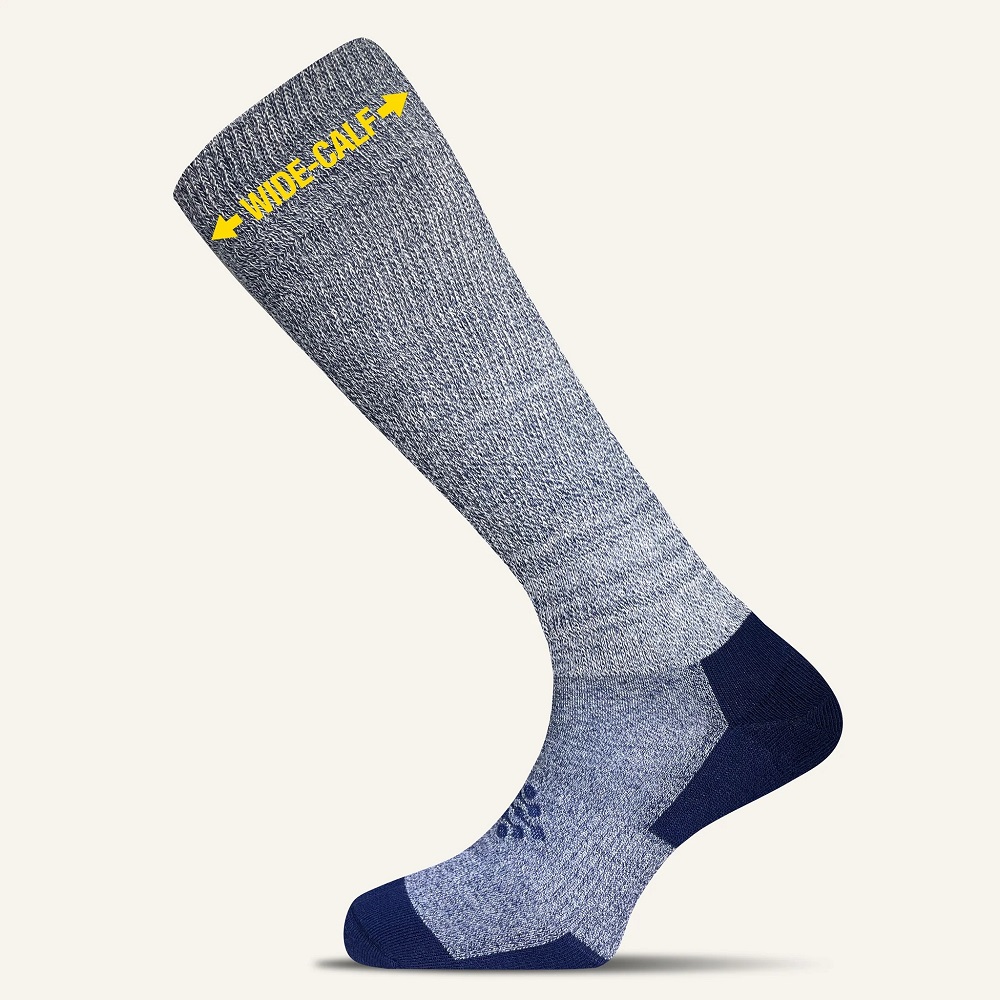
Caring for Your Compression Socks to Extend Their Life
Taking care of your wide calf compression socks will make them last longer. Here are simple steps to follow:
- Wash Regularly: Clean your socks after each wear. Dirt and oils can break down the fabric.
- Gentle Cycle: Use a gentle wash cycle or hand wash with mild soap. Harsh detergents can damage the material.
- Avoid High Heat: Don’t use hot water or a hot dryer. High temperatures can cause shrinking and reduce elasticity.
- Air Dry: Lay the socks flat to dry or hang them. Avoid direct sunlight which can degrade the fibers.
- Stay Clear of Bleach: Never use bleach or fabric softeners. They can deteriorate the fabric and lessen compression.
- Rotate Pairs: Have multiple pairs of compression socks. Rotating them will reduce wear and tear on each pair.
- Inspect Regularly: Check for runs, tears, or stretching out of shape. Damaged socks won’t provide the right compression.
By following these care instructions, your wide calf compression socks will maintain their compressive properties and comfort longer. This means better support for your legs and a more enjoyable wear experience.
Where to Buy Wide Calf Compression Socks
When looking for wide calf compression socks, there are several places you can turn to. Here’s where you can start your search:
- Specialty Stores: Visit stores specializing in medical supplies or compression wear. These shops often offer a range of sizes.
- Online Retailers: Websites specializing in compression gear typically have a good selection of wide calf options.
- Department Stores: Some larger department stores carry a variety of compression socks, including those for wider calves.
- Pharmacies: Check local pharmacies. They sometimes stock compression socks in various sizes and strengths.
- Direct From Manufacturers: Buying directly from the brand’s website might offer more size options and detailed product information.
- Sporting Goods Stores: If you’re looking for athletic-style compression socks, sporting goods stores may have suitable products.
Before making a purchase, ensure the store offers a sizing chart. A size chart will help you choose wide calf compression socks that fit well. Additionally, read customer reviews to learn about the quality and fit of the socks. Look for retailers that offer good return policies, so you can exchange or return the socks if they don’t fit as expected. Finally, consider signing up for newsletters or alerts from your favorite sellers to receive notifications about sales, new arrivals, and exclusive discounts tailored to your needs. Remember, proper wide calf compression socks should offer comfort and the right level of support for your health and well-being.
Frequently Asked Questions About Compression Socks
When considering the purchase of wide calf compression socks, you may have some questions. Here are answers to commonly asked questions to assist you in making an informed decision:
- Do I need a prescription for wide calf compression socks?
No, you don’t need a prescription for most wide calf compression socks. They are available over-the-counter.
- How often should I wear my compression socks?
Wear them daily for best results, especially if you stand or sit for long periods.
- Can I sleep in compression socks?
It’s not recommended to sleep in compression socks unless your doctor advises it.
- Will compression socks stop my legs from swelling?
They can reduce swelling by improving blood flow, but it’s best to consult with a healthcare professional.
- Are there any side effects to wearing compression socks?
If they fit well, side effects are rare. Socks that are too tight may cause issues.
- How long do compression socks last?
With proper care, they can last 6 months or more, depending on how often you wear them.
- Can pregnant women wear compression socks?
Yes, they are safe and beneficial for pregnant women to reduce swelling and fatigue.
- What strength of compression do I need?
It depends on your needs. Light to moderate compression is good for daily wear; firm compression is for more severe swelling.
By addressing these questions, you’re now better prepared to select and use wide calf compression socks to your advantage. Enjoy improved leg health and comfort!

